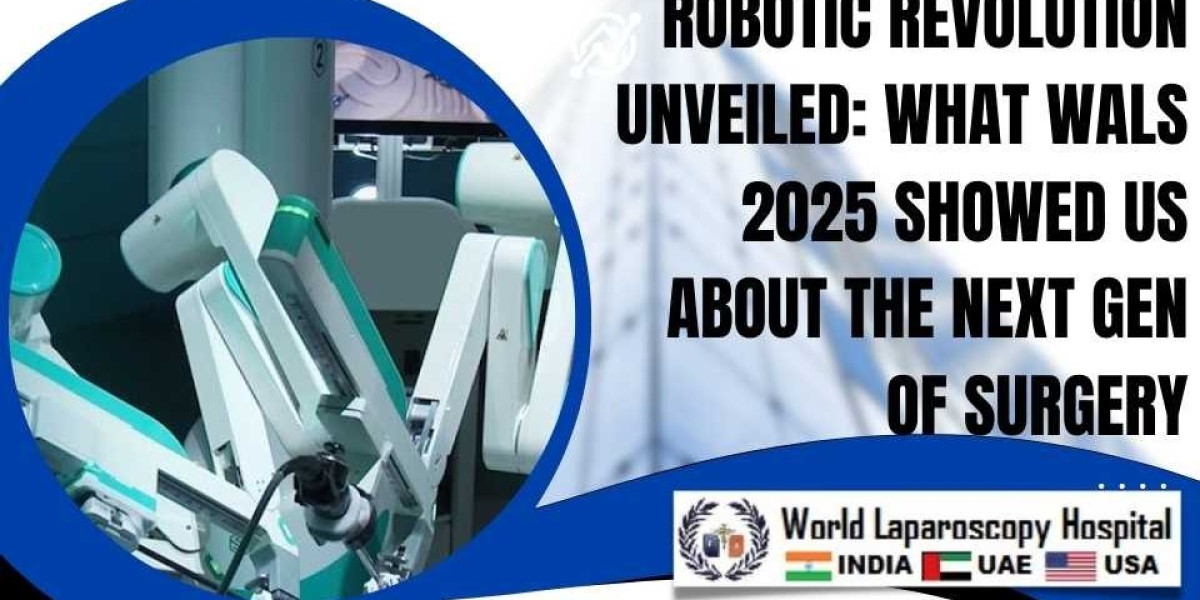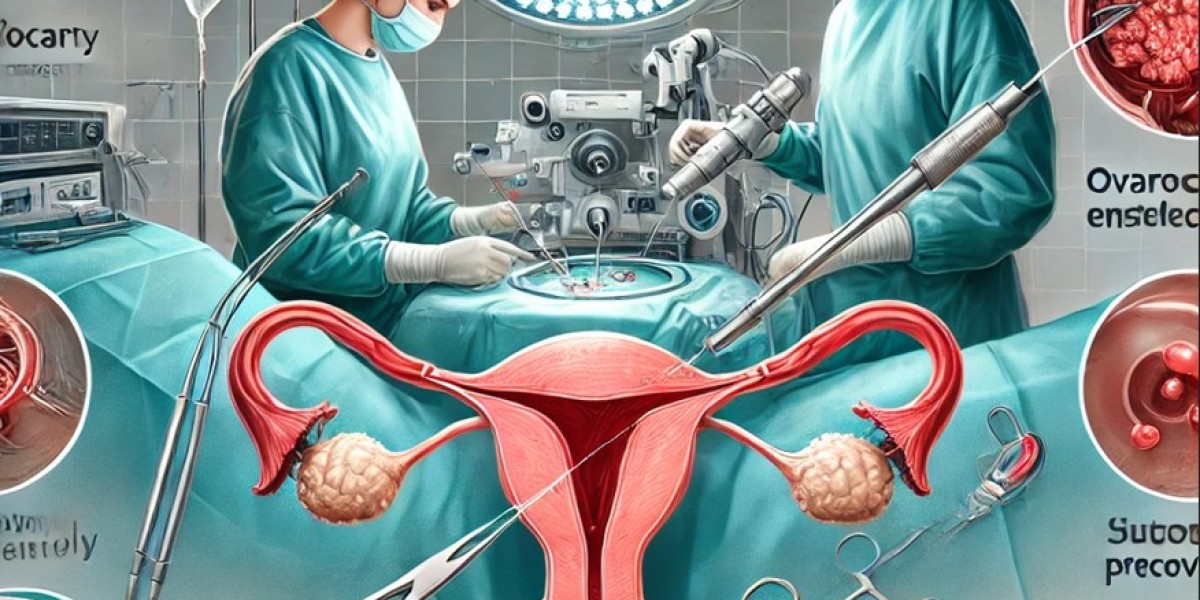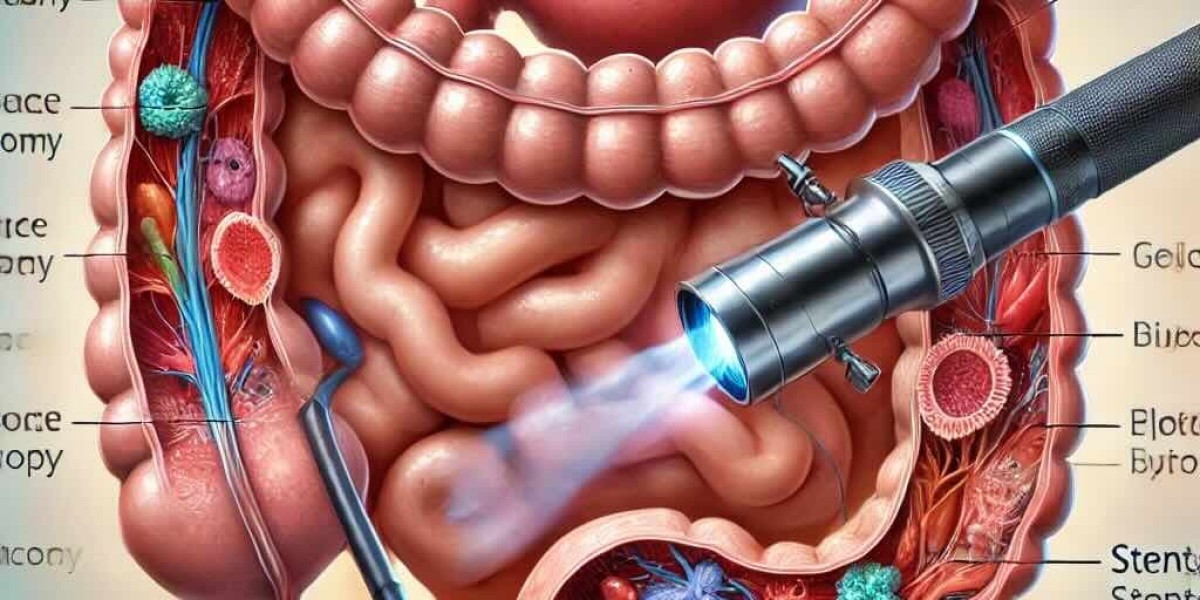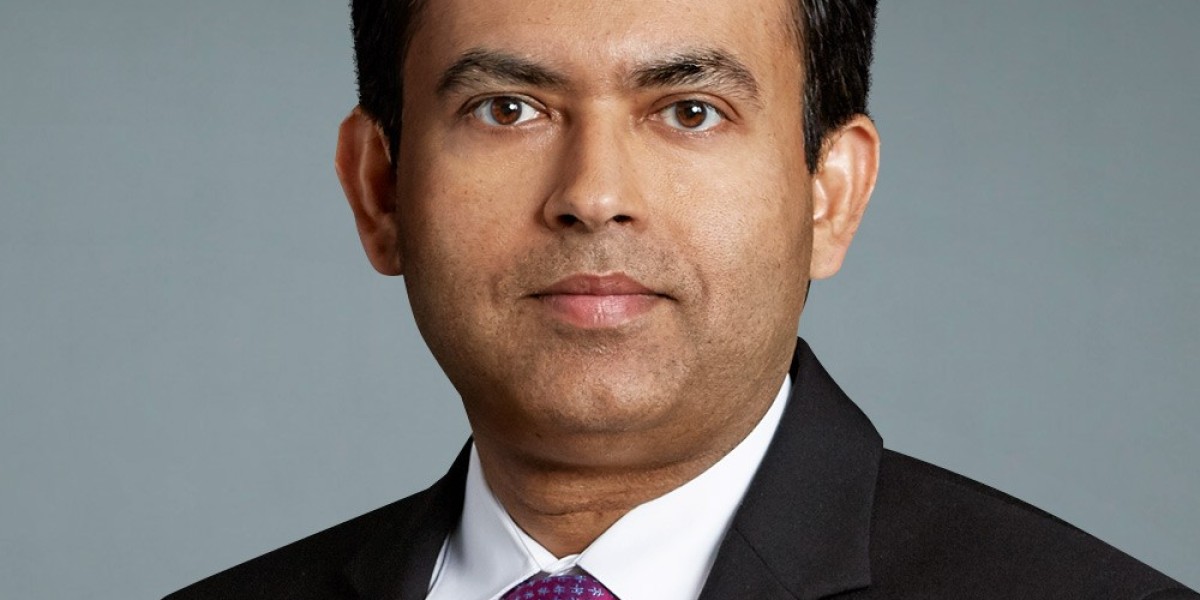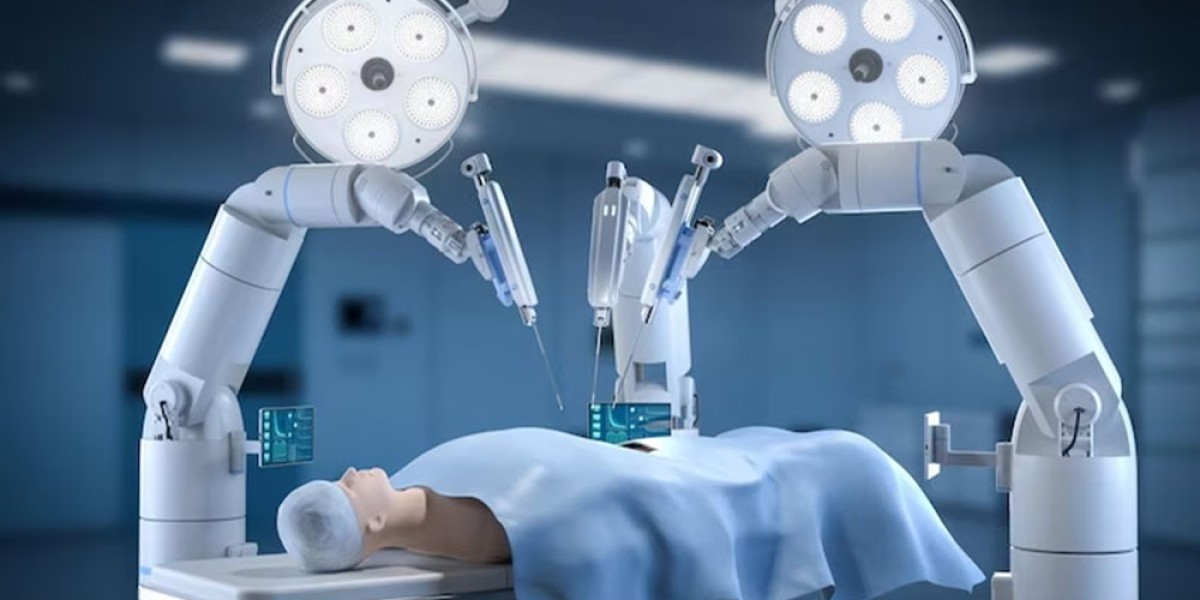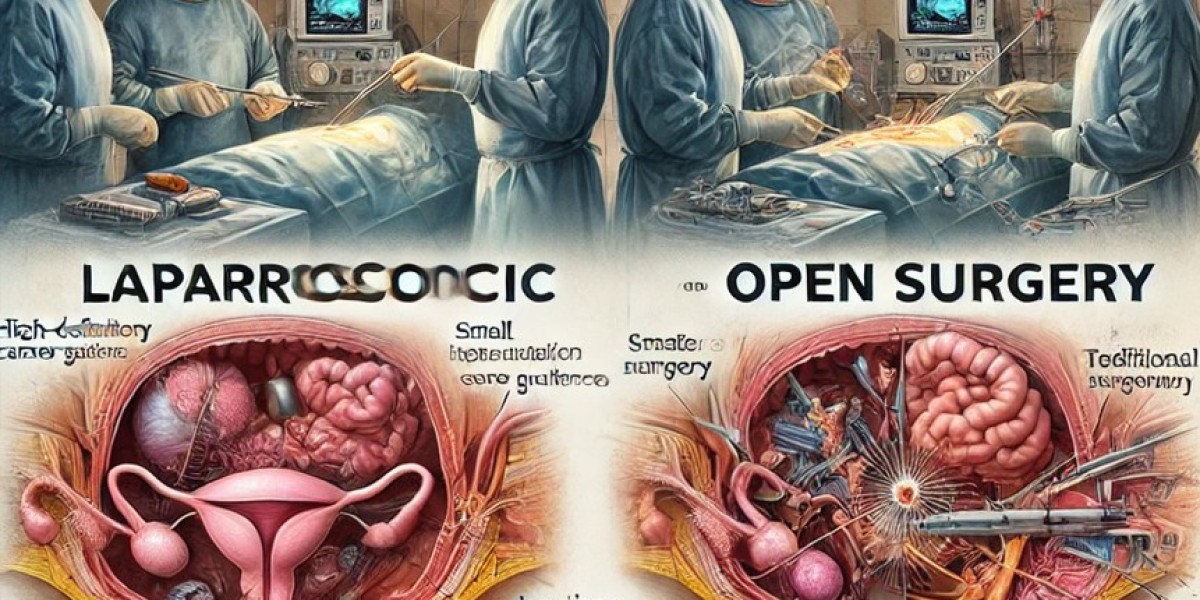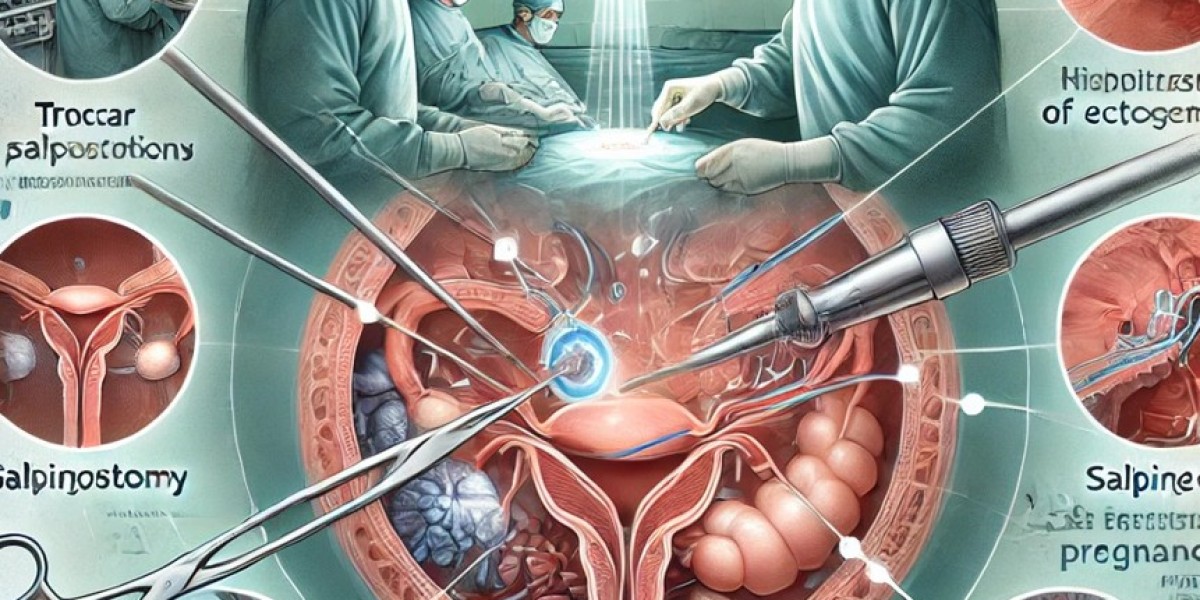Robotic Revolution Unveiled: What WALS 2025 Showed Us About the Next Gen of Surgery
The World Advanced Laparoscopic Surgery (WALS) 2025 conference was nothing short of groundbreaking, offering a glimpse into the next generation of surgical robotics. As one of the most anticipated medical technology events of the year, WALS 2025 brought together leading surgeons, engineers, and healthcare professionals to discuss innovations that are set to redefine the landscape of minimally invasive surgery.
The Rise of AI-Powered Surgical Systems
One of the most significant takeaways from WALS 2025 was the advancement of AI-driven robotic surgery. Modern robotic platforms are now integrating machine learning algorithms to enhance precision, decision-making, and real-time adaptability during procedures. These AI-powered systems assist surgeons by analyzing vast amounts of procedural data, predicting potential complications, and suggesting optimal surgical pathways.
Next-Gen Robotics: Enhanced Dexterity and Precision
The latest robotic-assisted surgical (RAS) systems unveiled at WALS 2025 feature greater dexterity, improved haptic feedback, and smaller, more flexible robotic arms. These advancements allow surgeons to perform complex procedures with unmatched accuracy while minimizing tissue damage. The introduction of micro-robotics—tiny robotic tools that navigate through delicate structures—was particularly exciting, promising unprecedented control in neurosurgery and microsurgical applications.
Remote Surgery and 5G Connectivity
With the expansion of 5G and edge computing, the concept of remote telesurgery is no longer just theoretical. WALS 2025 showcased live demonstrations where expert surgeons performed robotic-assisted procedures remotely, breaking barriers of geographical limitations. This could revolutionize access to specialized surgical care, particularly in underserved regions.
Personalized and Predictive Surgery
One of the most talked-about topics was the shift towards personalized surgery. By integrating big data analytics, genomics, and AI, robotic platforms can now tailor procedures to individual patients. These systems can analyze a patient's unique anatomical and physiological characteristics to create customized surgical strategies, increasing both safety and success rates.
The Role of Augmented Reality (AR) in Surgery
Augmented reality (AR) is playing a bigger role in surgical training and intraoperative guidance. At WALS 2025, AR-integrated robotic platforms were showcased, allowing surgeons to visualize real-time overlays of anatomical structures, improving depth perception and reducing procedural time. This integration enhances both preoperative planning and intraoperative navigation.
The Future of Training and Skill Augmentation
With robotic surgery becoming more complex, the need for advanced training platforms is increasing. WALS 2025 introduced AI-based surgical simulation systems that provide real-time feedback and adaptive learning for trainees. These systems mimic real-life surgical scenarios, allowing surgeons to refine their skills without risk to patients.
Ethical and Regulatory Considerations
As with any technological advancement, ethical and regulatory challenges were also key discussion points. Ensuring patient safety, addressing liability concerns, and establishing global standards for robotic surgery remain top priorities. Experts emphasized the need for a harmonized regulatory framework to govern the use of AI and robotics in healthcare.
Conclusion: A New Era in Surgery
WALS 2025 reinforced that the robotic revolution in surgery is not a distant dream but an unfolding reality. With AI-driven enhancements, improved connectivity, and cutting-edge robotic platforms, the future of surgery is moving towards greater precision, accessibility, and personalization. As these technologies continue to evolve, they promise to redefine patient outcomes and surgical standards worldwide.
The next decade will be transformative, and if WALS 2025 is any indication, we are on the cusp of a new era in surgical excellence.
